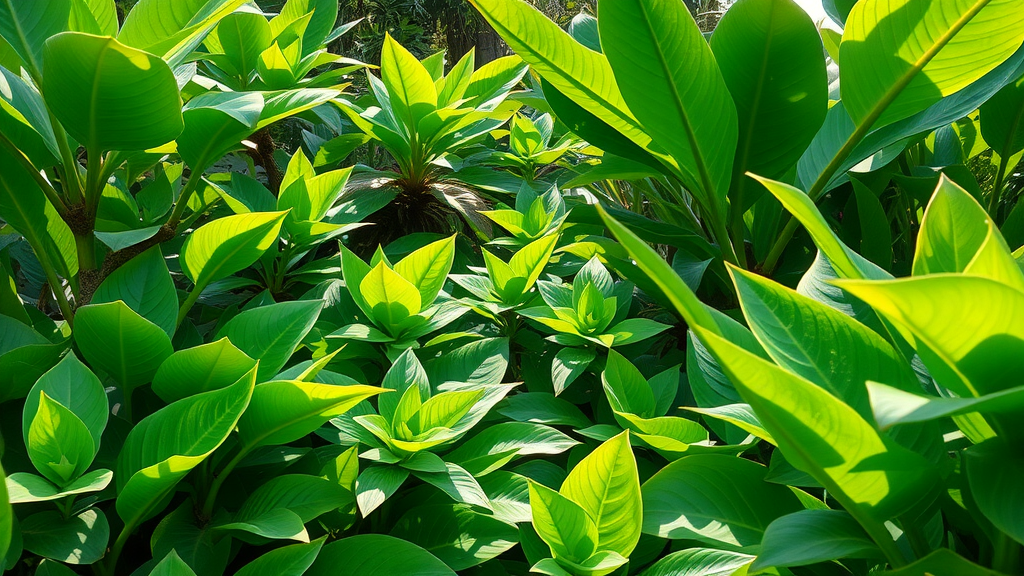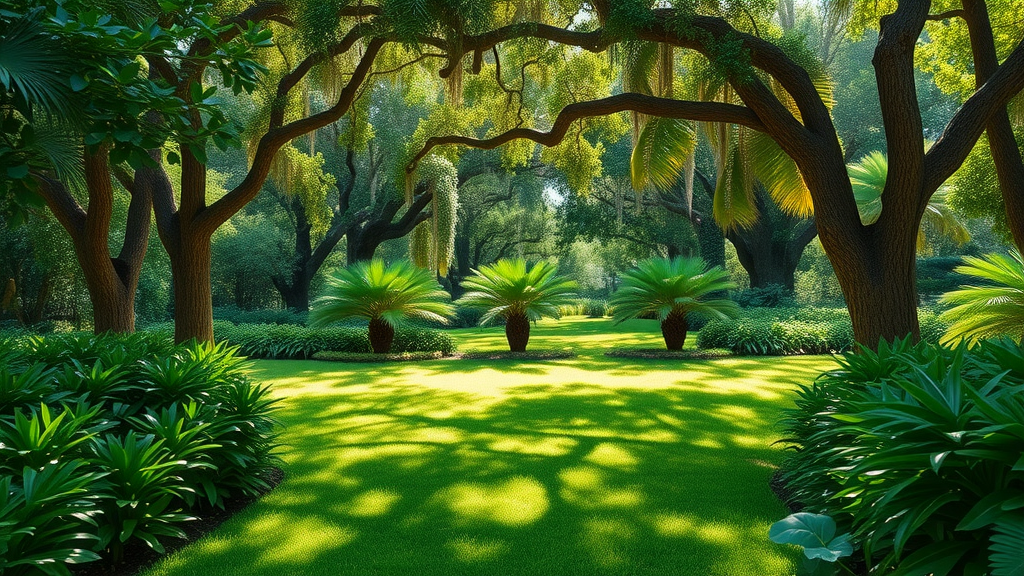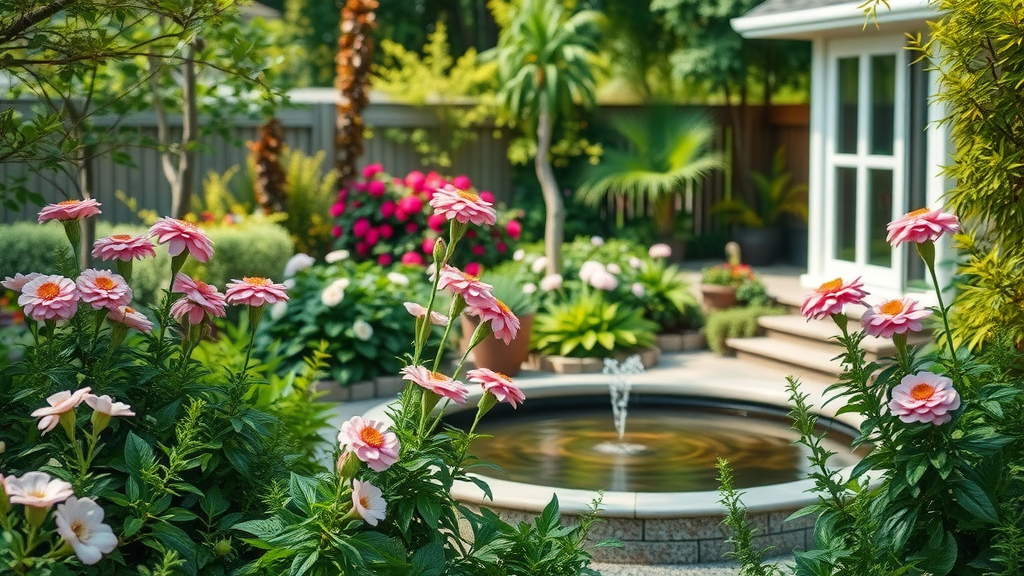Did you know that Florida’s garden-loving climate allows for year-round gardening, making it one of the most unique places to cultivate lush, vibrant landscapes? Whether you’re a seasoned gardener or a curious beginner, mastering the art of gardening in Florida requires a keen understanding of its climate and soil nuances. By exploring effective gardening methods, you can make the most of Florida’s fertile ground to grow a gorgeous garden that thrives all year long.
The Impact of Florida’s Climate on Gardening Success
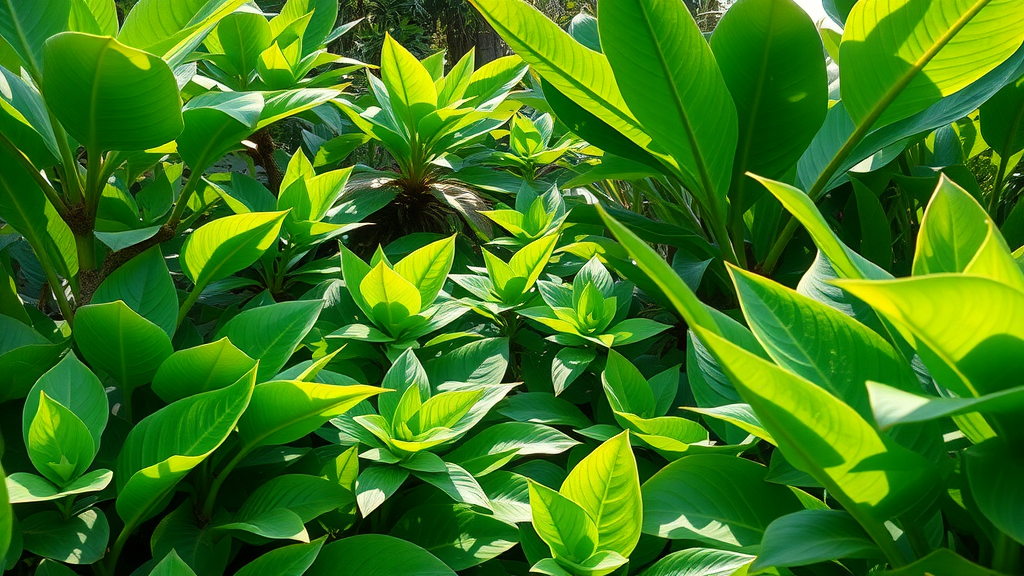
Florida’s climate is a gardener’s delight, characterized by warm temperatures and abundant sunlight. However, this region’s weather patterns pose unique challenges, such as the distinct rainy season and sporadic cold snaps in north Florida. These factors make it essential to select plants that can adapt to rapidly changing conditions.
In south Florida, the growing season extends throughout the year, allowing a wide variety of crops to flourish. This ensures florida gardens remain productive regardless of the season. To capitalize on this, it’s crucial to understand the specific growing requirements and resilience of your chosen plants.
Understanding Florida’s Unique Growing Seasons
Florida’s growing seasons are divided into winter, spring, and summer, with each season offering different opportunities for plant cultivation. Winter is ideal for growing cool-weather crops like leafy greens, while spring gardens explode with vibrant blooms and nutritious vegetable gardens. To maximize yield, consider the heat tolerance of crops and factor in the high humidity and intense summer sun.
Florida’s Hardiness Zones and Frost Dates
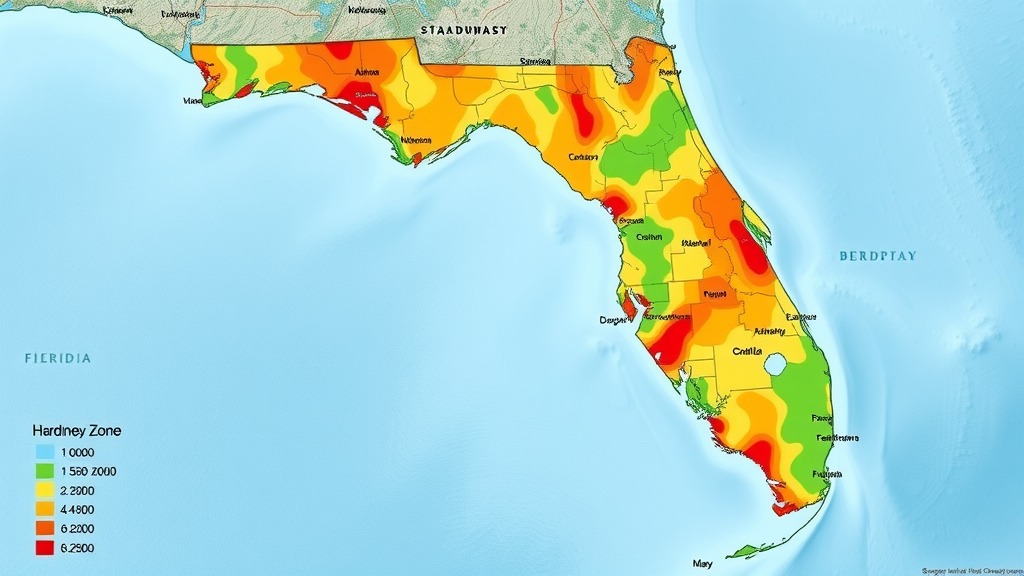
Florida is divided into multiple USDA hardiness zones, ranging from 8b to 11a. Understanding these zones aids gardeners in selecting plants that will survive and thrive in their local climate. Keep an eye on frost dates, especially in central Florida, as cold snaps can damage sensitive plants.
Successful Vegetable Gardening in Florida
Choosing the Right Crops for Each Season
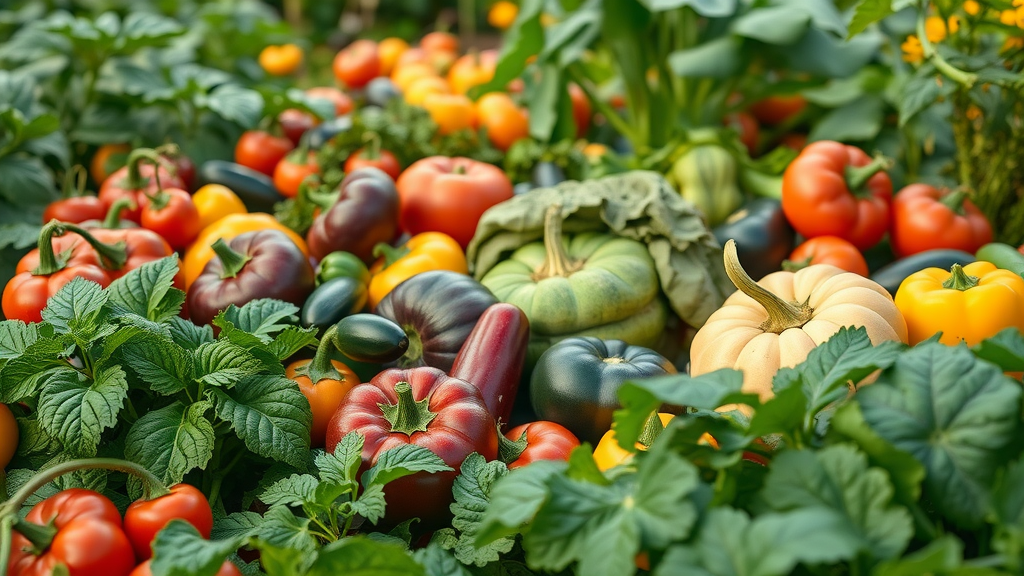
Selecting the right crops is critical for vegetable gardening in Florida. For a bountiful harvest, choose from crops like tomatoes, peppers, cucumbers, and beans in warmer months, and switch to carrots, lettuce, and onions in cooler ones. Understanding which crops thrive in specific seasons will help prevent failed harvests and optimize your garden’s productivity.
Raised Bed Techniques for a Florida Vegetable Garden
Employing raised bed gardening techniques is an excellent method to enhance vegetable garden success in Florida. This approach improves drainage, controls soil composition, and eases access for maintenance. Raised beds also allow you to plant a greater variety of crops, making them ideal for managing Florida’s unexpected weather swings.
Pest Control Strategies in Florida Gardens

Tackling pests is a common challenge in Florida gardens. Employing integrated pest control strategies, such as using natural predators and non-toxic repellents, can protect your garden without harming beneficial insects. Regular monitoring and early intervention are crucial in sustaining a healthy garden ecosystem.
Essential Florida Garden Plants
Integrating Trees and Shrubs into Your Florida Garden

Incorporating trees and shrubs enhances the aesthetics and functionality of your garden. Choose species well-suited to your region, focusing on those that offer shade, privacy, or seasonal interest. Palms, live oaks, and citrus trees provide structure and diversity to Florida gardens.
Planting Perennials and Annuals for Longevity
Cultivating a mix of perennials and annuals ensures year-round beauty. Perennials, like lantanas and daylilies, provide dependable blooms year after year. Meanwhile, annuals offer vibrant color and variety, allowing you to easily change your garden’s appearance each season.
Tips for Planting Herbs and Other Culinary Plants

Begin your herb garden by planting herbs such as basil, rosemary, and thyme, which thrive in Florida’s sunny climate. These aromatic additions not only enhance the flavors of home-cooked meals but also offer a visual feast with their rich colors and textures. Companion planting can further boost growth and deter pests.
Addressing Common Florida Gardening Challenges
Overcoming Seasonal Challenges: Rainy Season and Cold Snaps

Navigating Florida’s seasonal challenges involves proactive strategies, such as installing rain gardens to manage water during the rainy season and using frost covers to protect plants during cold snaps. Planning for these weather extremes can greatly increase your garden’s ability to thrive year-round.
Efficient Gardening Methods to Tackle Weeds
Maintaining a weed-free garden in Florida requires a diligent approach. Effective gardening methods include mulching, hand-pulling, and applying natural herbicides specifically designed to kill weeds without harming other plants. Incorporating these practices keeps your garden looking pristine and reduces competition for nutrients.
Optimal Soil Preparation for Different Regions of Florida
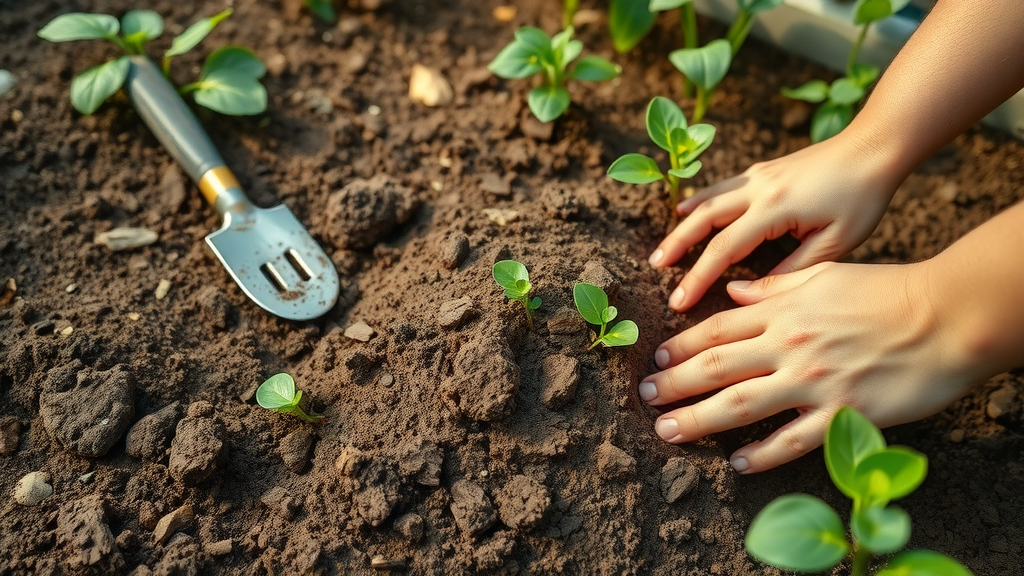
Successful gardening hinges on preparing soil that suits the specific needs of your chosen crops. In Florida, this often involves amending sandy soils with organic matter to boost fertility and moisture retention. Tailor your approach according to whether you’re in central, north, or south Florida to optimize garden outcomes.
What You’ll Learn From Essential Gardening Guides
| Region | Spring | Summer | Winter |
|---|---|---|---|
| North Florida | Leafy greens, carrots | Peppers, okra | Spinach, kale |
| Central Florida | Tomatoes, beans | Melons, eggplant | Broccoli, arugula |
| South Florida | Cucumbers, squash | Pineapple, mango | Lettuce, beets |
| Pest | Control Method |
|---|---|
| Aphids | Neem oil, ladybugs |
| Whiteflies | Sticky traps, insecticidal soap |
| Snails | Beer traps, diatomaceous earth |
Frequently Asked Questions About Florida Gardening
What month should you start a garden in Florida?
In Florida, you can start planting in the late winter or early spring, particularly in central and north Florida. This timing takes advantage of the warming temperatures and longer daylight hours, providing an optimal start for many vegetables and flowers.
What vegetables don’t grow well in Florida?
Certain vegetables, like certain types of spinach and cool-weather-loving plants, can struggle in Florida’s climate due to the high humidity and heat. It’s best to focus on heat-tolerant varieties that can withstand seasonal extremes.
What is the best thing to grow in Florida?
Florida’s varied climate supports a wide range of crops, but if you’re looking for reliable options, consider tomatoes, peppers, and citrus trees. These plants thrive in Florida’s climate and offer abundant yields.
What gardening zone is Florida in?

Florida is encompassed by several gardening zones, mainly between 8b and 11a. These zones guide what plants are suitable for your area, helping gardeners select species that will perform well under local climatic conditions.
Expert Tips for Maximizing Yield in Florida Gardens
Anecdotal Success Stories from Florida Gardeners
Top 10 Must-Plant Vegetables for Florida Gardens
- Tomatoes
- Peppers
- Cucumbers
- Beans
- Squash
- Spinach
- Kale
- Carrots
- Beets
- Lettuce
By implementing these Florida gardening tips and understanding the specific needs of the local environment, anyone can cultivate a thriving, vibrant garden that lasts throughout the year.

